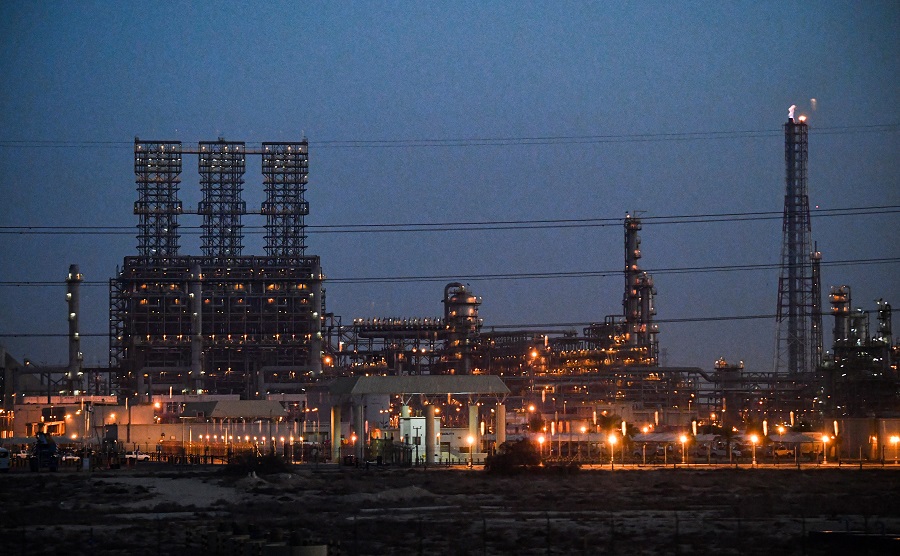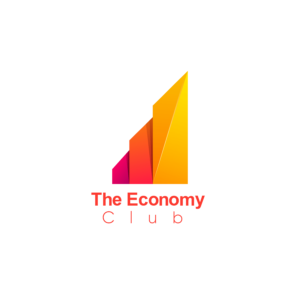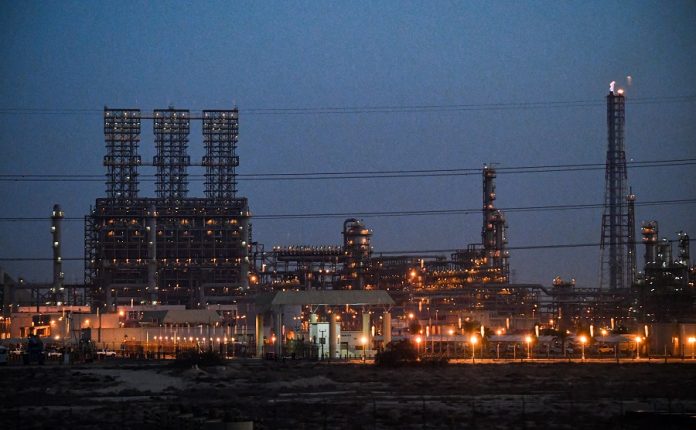RIYADH: Saudi Arabia and Russia were once again heading into an OPEC+ meeting on opposite sides of a crucial debate about the oil market, according to Asharq Bloomberg.
Riyadh is publicly urging fellow members to be “extremely cautious,” despite prices rebounding to a one-year high. In private, the Kingdom has signaled it would prefer that the group broadly holds output steady, delegates said.
Moscow, on the other hand, is indicating that it still wants to proceed with a supply increase.
Saudi Arabia is pledging to make a cut of 1 million barrels per day (bpd) in February and March, but some see signs that could change as the negotiations get underway.
“The Kingdom could potentially use its barrels as leverage for getting a deal,” said Bill Farren-Price, a director at research firm Enverus and veteran observer of the cartel.
Ten months after slashing crude production when the coronavirus disease (COVID-19) pandemic crushed global demand, the Organization of the Petroleum Exporting Countries and its allies are still withholding 7 million bpd from the market, about 7 percent of global supply.
Two crucial decisions will be taken at the OPEC+ meeting on March 4.
First, restoring as much as 500,000 bpd, the next step in a gradual revival of production that was agreed on in December, but paused at the January meeting.
And secondly, Saudi Arabia must determine the fate of the extra 1 million bpd of extra voluntary cuts it is making this month and next to help clear surplus inventories even more quickly.
Public comments from Riyadh and Moscow indicate that another debate looms.
Russian Deputy Prime Minister Alexander Novak said on Feb. 14 that “the market is balanced.”
Novak argued at the last two OPEC+ meetings for production increases and his Saudi counterpart appears to be sticking to its familiar position of cutting production.

$12.6 trillion needs to be invested in the oil sector by 2045, says OPECIt is futile to guess OPEC+ moves, Saudi energy minister warns speculators

